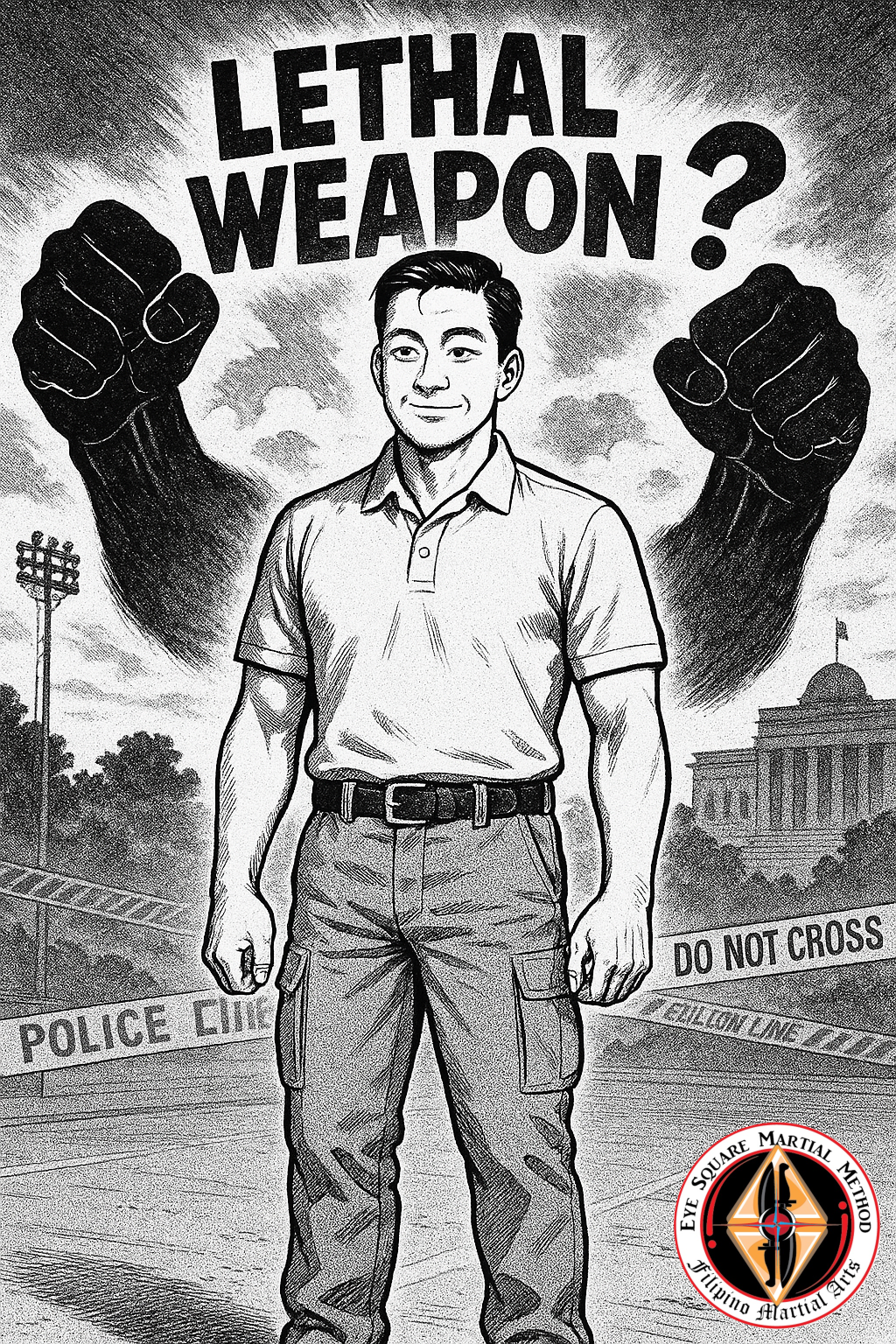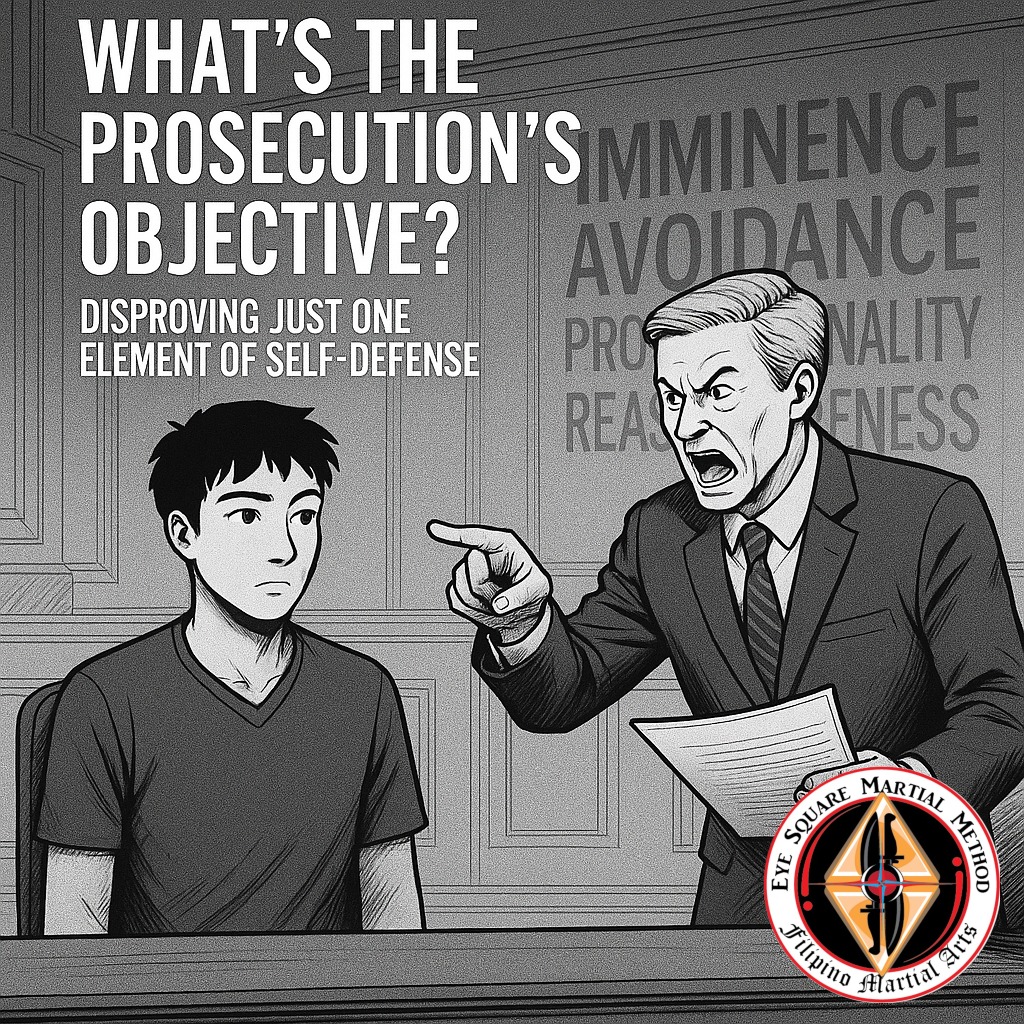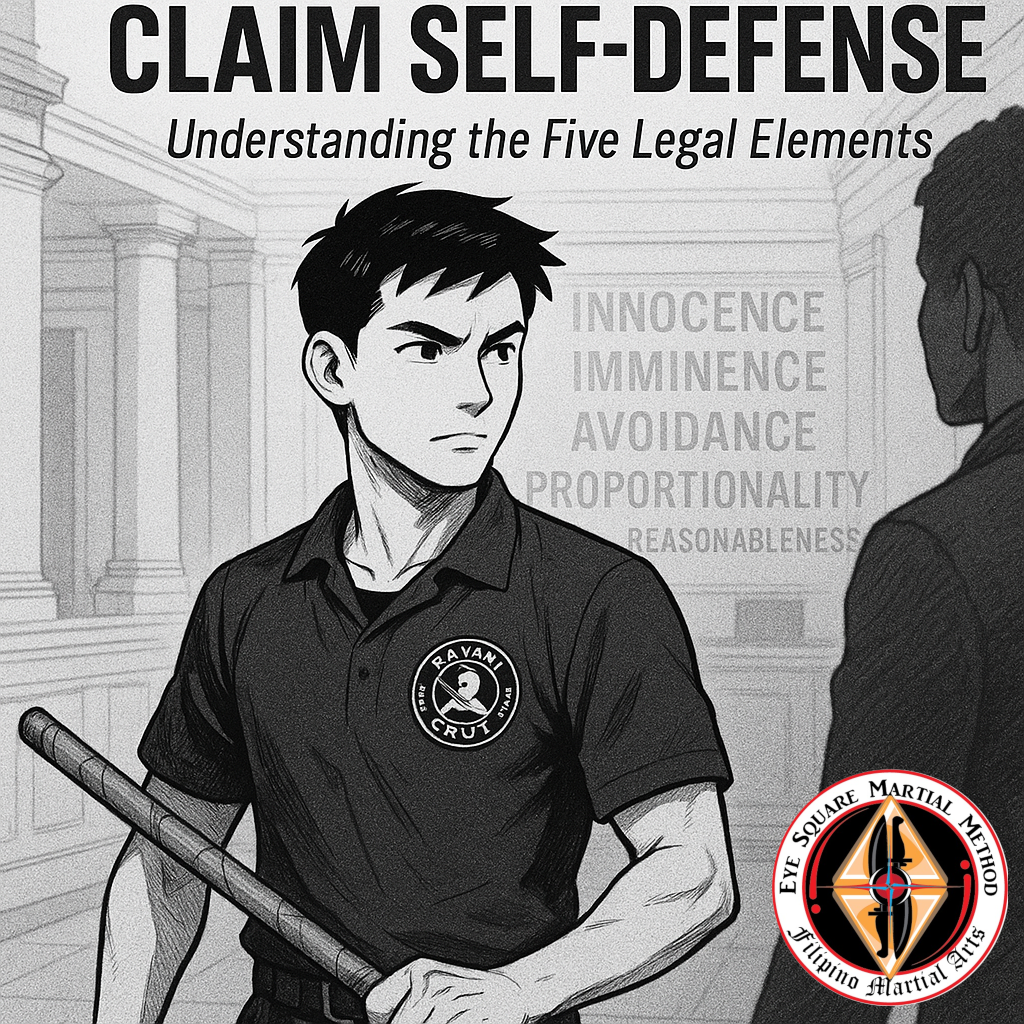If you’ve ever seen an old-school kung fu movie, odds are you’ve heard the phrase:
“He’s a black belt—he had to register his hands as lethal weapons!”
It sounds dramatic, cinematic, and just official enough to seem true. But let’s get real:
There is no legal requirement—anywhere in the United States—for martial artists to register their hands, feet, or any body part as a weapon.
That’s not how the law works. It’s a myth. A long-standing, Hollywood-fueled, barroom-bragging myth.
Where Did This Idea Come From?
Like most good myths, this one has a few roots:
- Boxing regulations in some jurisdictions used to treat licensed boxers as having a “higher responsibility” in street fights.
- Misunderstood military or police training rules have been twisted into urban legend form.
- And of course, movies and TV love the drama of a “registered weapon” walking the streets.
This myth gets repeated because it sounds cool. It adds mystique. But it’s fiction.
What the Law Actually Says
There is no database, no registry, and no legal process to classify your fists as lethal weapons.
What does exist? The legal concept of reasonable force in self-defense. And here’s where your training can matter:
⚖️ Trained Fighter = Higher Expectations
If you’re a skilled martial artist and you’re involved in a self-defense situation, your level of training may be taken into account.
Courts might ask:
- Did you use only the force necessary to stop the threat?
- Could you have controlled the situation without causing serious harm?
- Were you the aggressor, or were you truly defending yourself?
So while your hands aren’t “lethal weapons” under the law, your training could affect how your actions are interpreted in court.
What Is Considered a “Deadly Weapon”?
Legally, deadly weapons are things like:
- Guns
- Knives
- Baseball bats (used with intent)
- Even a car if used to harm someone
Your body, even if highly trained, doesn’t automatically qualify.
Now—if you choked someone out, crushed their windpipe, or used deadly force intentionally in a non-lethal scenario, then your actions could be judged as using a deadly weapon. But that’s based on what you did, not what rank you hold.
Bottom Line: Train Hard, Walk Smart
Getting a black belt means discipline, control, and the ability to protect yourself or others.
It does not come with a government-issued form to register your hands.
So the next time someone asks if you had to “register your fists,” just smile, shake your head, and enjoy the fact that you know the truth:
You don’t need to register your hands—just your integrity.
🧠 Bonus Tip: Use This Myth as a Teaching Moment
If you’re an instructor, this is a great opportunity to talk to your students about:
- The difference between myth and law
- Responsible use of skill
- The importance of de-escalation and restraint



